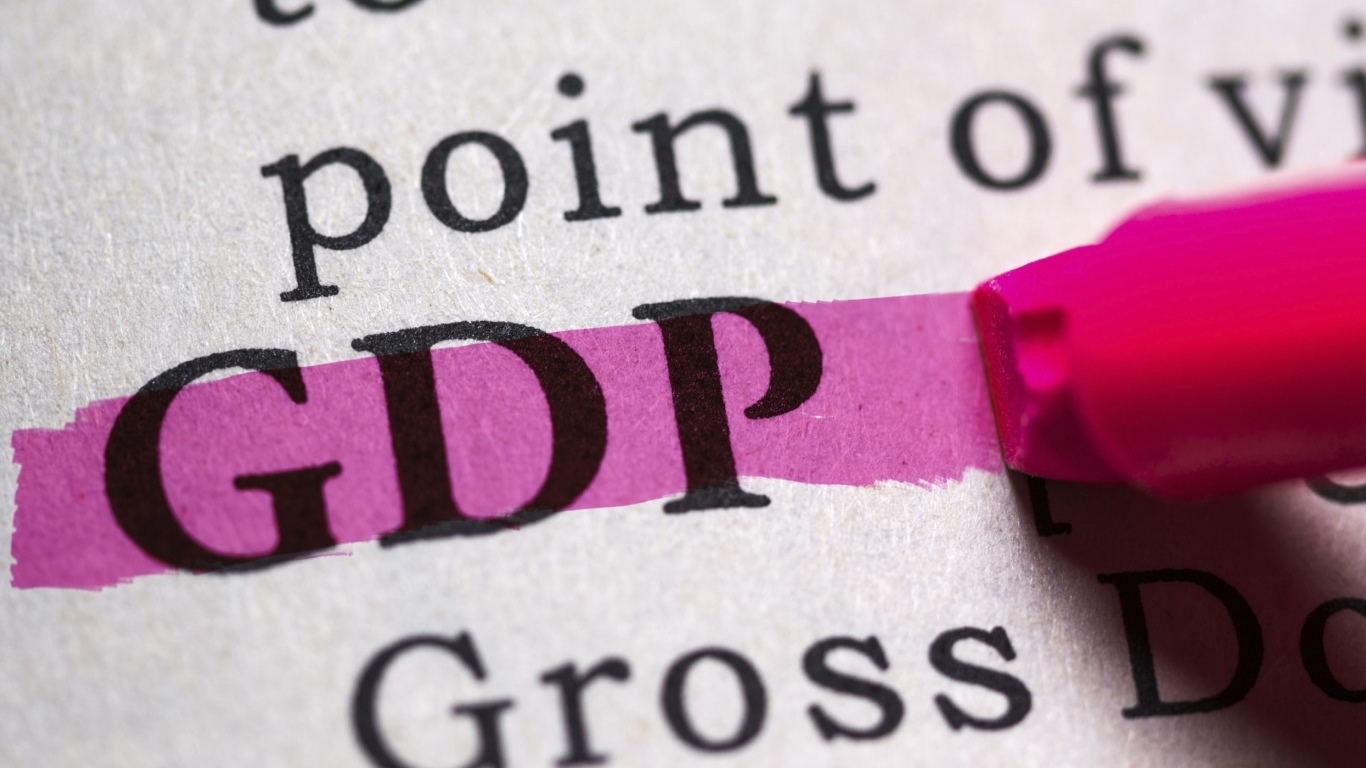
A ninefold increase in personal income was not enough to prevent U.S. gross domestic product from declining by a record annual rate of 32.9% in the second quarter of 2020. Real (inflation-adjusted) consumer spending, which accounts for around two-thirds of GDP, fell by nearly 35% in the quarter. Economists had forecast a decline of 35% in the annual rate and 33% in spending.
The U.S. Bureau of Economic Analysis (BEA) reported the data Thursday in its advance estimate of second-quarter gross domestic product. In the first quarter of this year, U.S. GDP declined at an annual rate of 5.0%.
The massive drop reflected Americans’ response to stay-at-home orders announced in March and April, together with the effect of federal assistance payments to taxpayers and millions of unemployed workers. The BEA noted that the full effects of the COVID-19 pandemic cannot be carved out of the agency’s second-quarter estimate because “the impacts are generally embedded in source data and cannot be separately identified.”
The overall decline included declines of 25% in personal consumption expenditures, 9.4% in exports, almost 4% in private inventory investment, 3.6% in nonresidential fixed investment, 1.8% in residential fixed investment and 0.4% in state and local government spending.
Personal income increased by $1.39 trillion in the second quarter reflecting the federal payments. In the first quarter, personal income rose by $193.4 billion.
The personal consumption expenditure (PCE) price index fell by 1.9%. Excluding food and energy prices, the PCE price index decreased by 1.1%. In the first quarter, the index rose by 1.3% and, excluding food and energy, 1.6%.
Disposable personal income (personal income minus personal current taxes) rose by 42% to $1.53 trillion, and real disposable income rose by nearly 45%. In the prior quarter, disposable income increased by 3.9% and real disposable income rose by 2.6%.
Personal savings rose from $1.59 trillion in the first quarter to $4.69 trillion as the personal savings rate (savings as a percentage of disposable income) rose from 9.5% to 25.7%.
The 34.6% decline in consumer spending was sharpest in services. Spending on health care declined by 9.5%, while food and accommodations spending dropped by 5.5%. Spending on leisure activities fell by 4.7%, and spending on transportation (including air travel) fell by nearly 2.9%.
Consumer spending on durable goods (e.g., cars and appliances) rose by 0.04%, while spending on nondurables (like food, clothing and energy) fell by nearly 2.2%.
The pattern seems clear. Americans were not only hoarding toilet paper and hand sanitizer but dollars as well. The BEA noted that spending had picked up in May and June, but a resurgence of coronavirus infections in many states may once again be hampering a smooth recovery.
The U.S. House of Representatives has passed a second relief bill that maintains unemployment payments of $600 weekly to some 20 million unemployed Americans, while the Senate has proposed reducing the payments to $200 a week. There are other differences as well, but this one may make the most difference in how soon the U.S. economy returns to a path of GDP growth.
Credit Card Companies Are Doing Something Nuts
Credit card companies are at war. The biggest issuers are handing out free rewards and benefits to win the best customers.
It’s possible to find cards paying unlimited 1.5%, 2%, and even more today. That’s free money for qualified borrowers, and the type of thing that would be crazy to pass up. Those rewards can add up to thousands of dollars every year in free money, and include other benefits as well.
We’ve assembled some of the best credit cards for users today. Don’t miss these offers because they won’t be this good forever.
Flywheel Publishing has partnered with CardRatings for our coverage of credit card products. Flywheel Publishing and CardRatings may receive a commission from card issuers.
Thank you for reading! Have some feedback for us?
Contact the 24/7 Wall St. editorial team.


